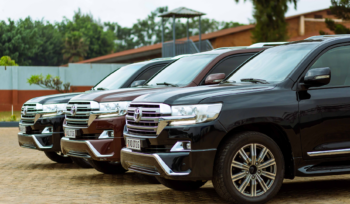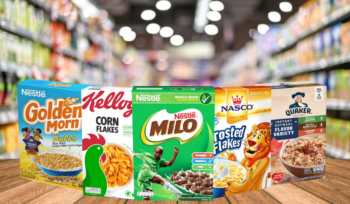- 10/09/2021
- Posted by: Caitlin Beck
- Categories: Articles, Automotive, SagaBrand, SagaCube

Daily data collection from more than 20,000 consumers over 12 months via the SagaPoll mobile app, showcases that Toyota poses a real competition to its German rivals in certain parts of the African continent, as well as highlighting interesting differences between demographic groups. Find out the favorite automotive brands in Africa.

Within South Africa, BMW topped the June rankings for favorite automotive brands in Africa, although it had better watch out as its long-term rival, Mercedes-Benz scored only a fraction behind in 2nd place, and Toyota followed in 3rd. Côte d’Ivoire produced a similar leader board, however, across the continent, preferences amongst car-owners were much more varied. In Kenya, Toyota was well ahead of the competition scoring 72% for preference. Subaru followed 12 percentage points behind in second place then Mercedes-Benz #3, Honda #4 and BMW #5. Similarly, in Nigeria consumer preferences were clear as Toyota #1 ranked 14 percentage points ahead of Mercedes-Benz #2 and BMW came in at only #6.
The results arrive from the SagaBrand tracking tool, in conjunction with data from SagaCube which measures penetration and purchase habits across a wide range of products, including cars. Across Africa, in the South, East and West, Toyota was one of the most popular choices in terms of respondents who were aware of and had ever purchased the brand. In South Africa, Volkswagen ranked as number 1, followed by Toyota, Ford, BMW, Mercedes-Benz, Nissan, Hyundai and Audi. In addition to Toyota and Mercedes which were popular across the continent, Peugeot ranked highly within the Western nations, whereas Subaru and Nissan were popular in the East.

Currently, Algeria’s population has the highest proportion of car owners at 43%, followed by the Southern nations of South Africa (37%), Zimbabwe (33%) and Namibia (30%). In South Africa, gender and social class also has a significant influence – ownership was 10 percentage points higher for males than females and ownership amongst the highest-earning individuals (60%) was three times as much as for those at the bottom of the pyramid (19%). In addition to this, Julien Garcier, Managing Director of Sagaci Research, commented: “Interestingly, in certain countries car ownership amongst the lower income groups (SEC DE – monthly income below 250 USD) was well above the continent’s average of 17% – in Guinea 26% within SEC DE reported owning a car – likely due to the country’s fewer vehicle regulations”.

These results help to provide an insight into some of the cultural norms, and perhaps, inequalities that exist within certain countries for women and the lower classes. Lack of access to their own car could restrict opportunities for work or access to health care, forcing reliance on public transport – often limited and unreliable – or friends or family, or even creating the need to walk rather than drive. “Many people have expressed that owning a car would help them to better manage some of the uncertainty that comes with reliance on third parties as well as a belief that they will save money by having a car!” Garcier continued. While in Europe, ownership of cars is slightly declining in favor of shared ownership or rental, car ownership still has a long way to go across the African continent and remains a distant dream for many. Some brands have figured this out and seem to be surfing the wave… but this changes rapidly!
Interested in getting more data from the automotive industry across Africa? Drop us an email at sagabrand@sagaciresearch.com and download the full rankings (29 countries) here.
Methodology
SagaCube, the syndicated category consumption tool across the African continent.
Ownership: Do you currently own a car? Base: All respondents within the surveyed country and demographic. Population: Adults above 18 years old. Period: 12 month period ended June 2021
SagaBrand, the continuous tracking tool for brands across the African continent.
Preference: From the following brands, which one is your preferred brand? Base: Respondents within the surveyed country and demographic who have ever purchased the brand. Population: Adults above 18 years old. Period: June 2021





